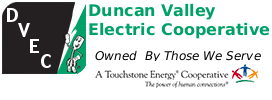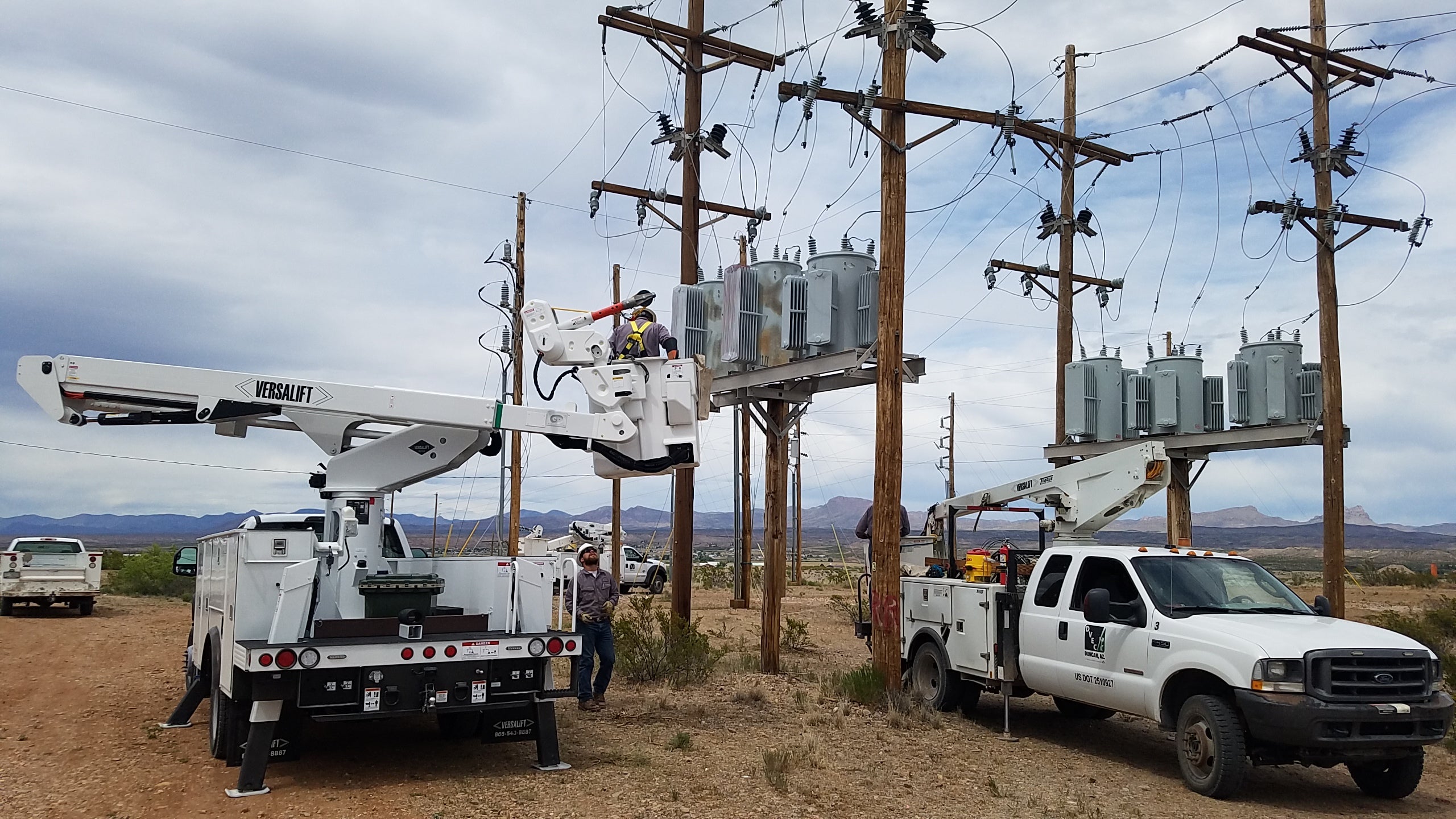If this is your first experience with our cooperative (co-op) or with any cooperative, we encourage you to click on the links under the About Us heading to learn about cooperatives in general and the cooperative way of doing business.
As a Touchstone Energy Cooperative we strive to provide high standards of service according to four core values: integrity, accountability, innovation and commitment to community. Touchstone Energy co-ops rank well ahead of their industry counterparts when it comes to customer satisfaction. Recent data from the American Customer Satisfaction Index (ACSI), one of the nation’s most recognized measures of customer satisfaction, gives Touchstone Energy cooperatives an average score of “74” out of a possible 100, outperforming investor-owned and municipal utilities.

Electric cooperatives come in a variety of forms and work together to deliver energy to your home or business. Below is a short primer on electricity production and delivery and how your co-op fits into the big picture.
Electricity Generation
Generation is the process of converting mechanical energy into electrical energy, or electricity. Generation facilities are the first link in the chain in providing electricity to customers. There are currently about 3,200 electric utilities throughout the United States, but only about 700 of them operate facilities that generate electric power.
Once electricity is generated, it needs to be transported via high-voltage transmission lines. Some companies provide both generation and transmission functions; these are called G&Ts. Generation and transmission cooperatives (G&Ts) are usually referred to as "power supply cooperatives." These cooperatives are owned by the distribution cooperatives to whom they supply wholesale power. Duncan Valley Electric Cooperative is a cooperative member of and purchases its power from Arizona Electric Power Cooperative (AEPCO).
Electricity Transmission
Transmission is the process of carrying high voltages of electricity from generation facilities over long distances.
In order to move electricity among utilities, an extensive system of high-voltage transmission lines is operated by the nation's larger utilities. This transmission network permits electricity trading between utilities; without transmission facilities, electricity could not be moved from power plants to the thousands of distribution systems serving millions of consumers of electric power. Duncan Valley Electric Cooperative is a cooperative member of Southwest Transmission Cooperative (SWTC) who transmits electricity from AEPCO to us for our local distribution system.
Electricity Distribution
Distribution is the process of carrying electricity from transmission substations to homes and businesses.
Duncan Valley Electric Cooperative is exclusively a distribution utility - that is, we purchase wholesale power from others to distribute it, over our own distribution lines, to the ultimate customer. We maintain the lines and equipment necessary to distribute to our member-owners the electricity that arrives in our service area via transmission lines.

